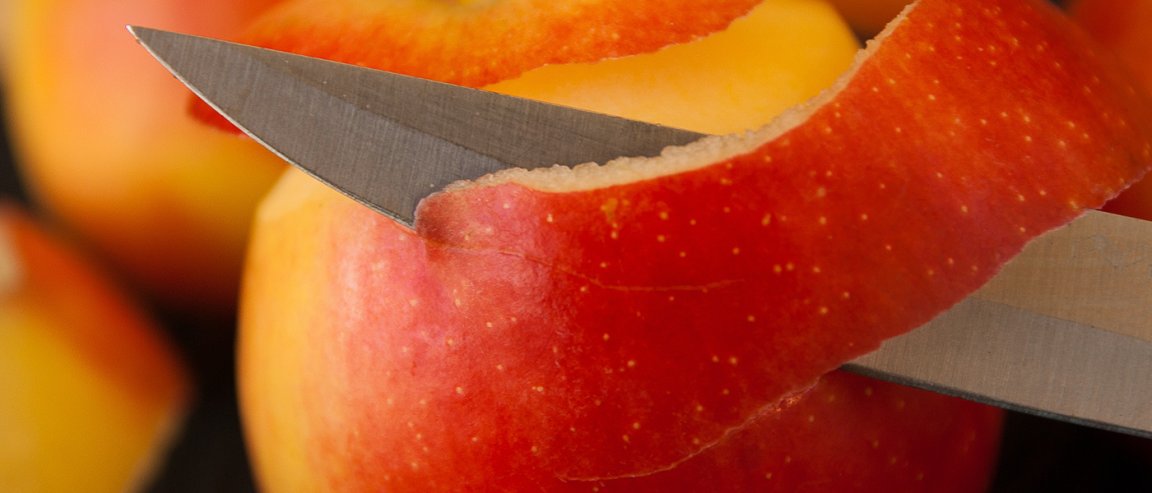
What’s In An Apple?
Apples are a staple in most people’s homes and, it seems, in science. There was Newton’s apple, and the proverbial daily apple to keep your doctor away. Now, biophysicist Andrew Pelling of University of Ottawa wants to add an apple of his own into the mix — and this one might bring with it the future of biomaterials and human tissue repair.
Many scientists thought the idea of this apple itself was a little fruity. Pelling said that his team did not have many cheerleaders when they started to look for ways to grow human cells by biohacking fruits.
“Nobody else is doing this. In fact, in the early days people thought I’d lost my mind,” Pelling said during a TED Talk earlier in 2016. “What I’m really curious about is if one day it will be possible to repair, rebuild, and augment our own bodies with stuff we make in the kitchen.”

How Pelling’s team achieved this was rather simple, he said. To remove the apple’s cellular material, they bathed it in boiled water and liquid dish soap. As a result, the apple’s cells popped open. After the apple was washed clean of all its disgorged cellular material, what was left of it was a rigid cellulose scaffolding — like an apple’s skeletal structure, so to speak. The spaces that once contained apple cells were then filled with mammalian cells.
Pelling demonstrated the success of the technique on several occasions, and in some playful ways. For instance, his team carved apples into the shape of human ears and then infused them with skin cells. The apple-ears were remarkably life-like.
Growing Tissues
Pelling’s method is, of course, still in its early developmental stages. At this point, it can’t be tested on human beings. The team did test it on mice, though. Pelling injected cellulose scaffolding under the skin of lab mice. Amazingly, the mice didn’t show any adverse immune reactions to the infusion. Within a few months, the animals’ body had populated the scaffolding with their own cells. The scaffold had become part of the tissue, Pelling said.
These studies have spurred two doctors from hospitals in Ottawa to expressed their interests in Pelling’s work. The doctors are brainstorming possible medical applications of this technique with Pelling. One potential is for regenerative medicine, particularly as scaffolds to graft skin and bone. The scaffolds currently used these procedures are derived from collagen harvested from human cadavers, which can be cost-prohibitive.
“A toonie-sized piece of traditional scaffolding material costs $1,000. We’ve developed a material that could be just as good for a fraction of a penny,” Pelling said. “Plus, would you want a piece of cadaver in you, or a piece of apple?”
But why stop at just apples? Pelling and his team are also looking at the potential of cellulose scaffolding derived from asparagus or even rose petals to be used as biomaterials to repair bone or nerve damage. And this just one way that biohacking can revolutionize our lives.